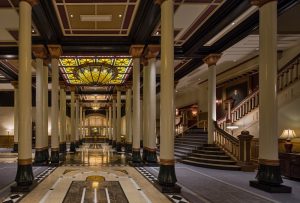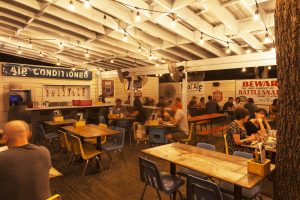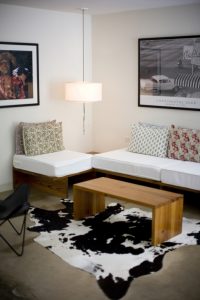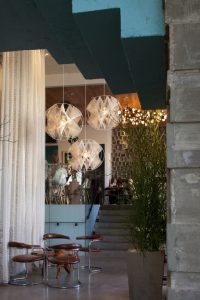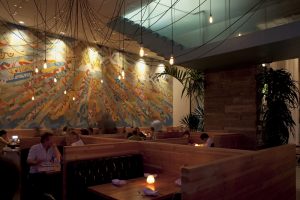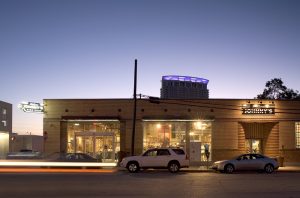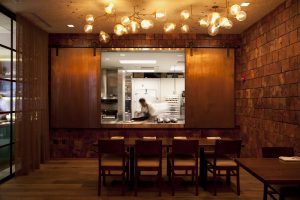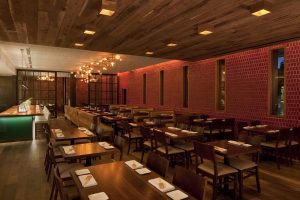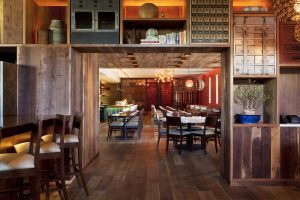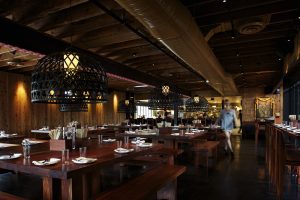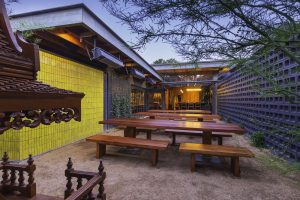Joining us in Austin for VMSD’s 15th annual International Retail Design Conference, Sept. 9-11? If so, don’t be surprised if you go home daydreaming about living there.
That’s been the case for many visitors who travel to the laid-back Texas capital, where live music, food trucks and Longhorn football have long reigned supreme. Where Michael Dell, from his UT dorm room in 1984, founded the world’s third-largest computer company, with annual revenues now topping $56 billion. And where, in 1987, three editors at The Austin Chronicle organized “local music festival,” South by Southwest (SXSW), now a global platform for tech innovators, as well as aspiring musicians and filmmakers.
Today, Austin welcomes more than 19 million visitors annually – including 130,000-plus attendees (and no shortage of celebrities) from more than 80 countries for what is now the SXSW Music, Film and Interactive Conference & Festival each March. Another 200,000-plus aficionados attend free-to-the-public events during SXSW, generating an estimated $315 million in economic impact in 2014.
MOVERS AND SHAKE-UPS
Though locals complain about long lines and highway gridlock during the acclaimed festival and conference, it’s the year-round influx of new settlers that’s causing the biggest stir. Austin has appeared on lists of America’s fastest growing cities for two decades, adding one million residents since 1990. Now it’s topping those lists, with an estimated 158 people relocating to Austin every day, according to the city’s Chamber of Commerce, which expects its metro-area population to double in the next 25 years.
Many relocate to the “Silicon Hills” of Austin for jobs in digital media, game development and other specialties: Apple, eBay, Electronic Arts, Facebook, Freescale Semiconductor, Google, IBM, Intel, Samsung and dozens more technology-based companies have operations there. In fact, Apple is nearing completion of a new Americas Operations Center in Northwest Austin, creating a reported 3600 new jobs – more than doubling its current workforce in the area.
Opportunity in the tech sector isn’t the only reason for Austin’s explosive growth: The city’s unique culture, eclectic music and festival scene, along with its devotion to sustainability and its friendly, shorts-and-sandals vibe, are resonating with millennials in a big way – and creating a Texas-sized boom in retail, hospitality and residential development.
Advertisement
HIPPIES AND HIPSTERS
Does all of this development potential mean you’ll see shiny new flagships for all the major retailers when you’re in Austin for IRDC? Hardly. You may even wonder if chain stores are welcome, especially along Congress Avenue, the city’s central corridor, where outdoor outfitter Patagonia is one of the only national brands with a presence.
“Locally owned retail definitely dominates in neighborhoods and downtown,” says Gabrielle Rosi, senior design coordinator for Austin-based Whole Foods Market. She’s traveled to Austin routinely for the past 21 years and watched the evolution of its Independent Business Alliance’s “Keep Austin Weird” campaign as the city grew and developers’ plans threatened to displace local shops.
There is concern with the huge influx of people, [and] that a lot of what makes Austin attractive – that independent vibe, the cultural landscape – will be lost,” Rosi added. “Folks are proud to be from Austin, and with this pride comes the desire to support small, unique, local businesses.” That’s why familiar national brands and big-box stores are generally positioned outside Austin’s immediate neighborhoods, she explains, though that is beginning to change.
When eco-friendly burger chain Shake Shack decided to expand into Texas last year, its founders chose an indie-lined street in Austin’s SoCo neighborhood for its first location. The restaurant’s ceo, Randy Garutti, vowed to “cultivate a community gathering spot for locals and visitors,” adding exclusive, locally produced items to the menu, tapping Austin artists and architects for the design, and partnering with local charity Austin Pets Alive. Neighbors embraced the concept wholeheartedly; a second Shake Shack in Austin is already under construction.
Meanwhile, an Urban Outfitters store near the UT Austin campus is drawing ire for its plans to expand into five neighboring retail spaces, displacing an indie clothing store with 37 years in business and a Mellow Mushroom pizzeria, popular with the area’s students. Opponents are calling for tax incentives to help smaller local businesses compete as rent and property taxes continue to rise and available space shrinks.
Minneapolis-based furniture retailer Blu Dot had just three stores in the U.S. when it planted its first Texas location last year in downtown Austin’s upscale Second Street District, where Design Within Reach, Flor and a handful of other national brands do business alongside dozens of locally owned boutiques and restaurants. Rosi thinks that balance of “curated” big-box stores with Austin-based originals is good, and at least one homegrown Second Street retailer agrees.
Advertisement
Kathy Steele, owner and founder of frozen yogurt shop Berry Austin, located her second store near the W Hotel Austin tower, which debuted in 2010, and says business is up more than 20 percent. “It’s far more international in nature, with both corporate and leisure travelers,” she says. “The Austin vibe is welcomed by locals and visitors alike. While national chains may dominate the malls of Austin, ‘indies’ rule the streets. You bet we can coexist!”
Learn more about VMSD’s International Retail Design Conference at irdconline.com.
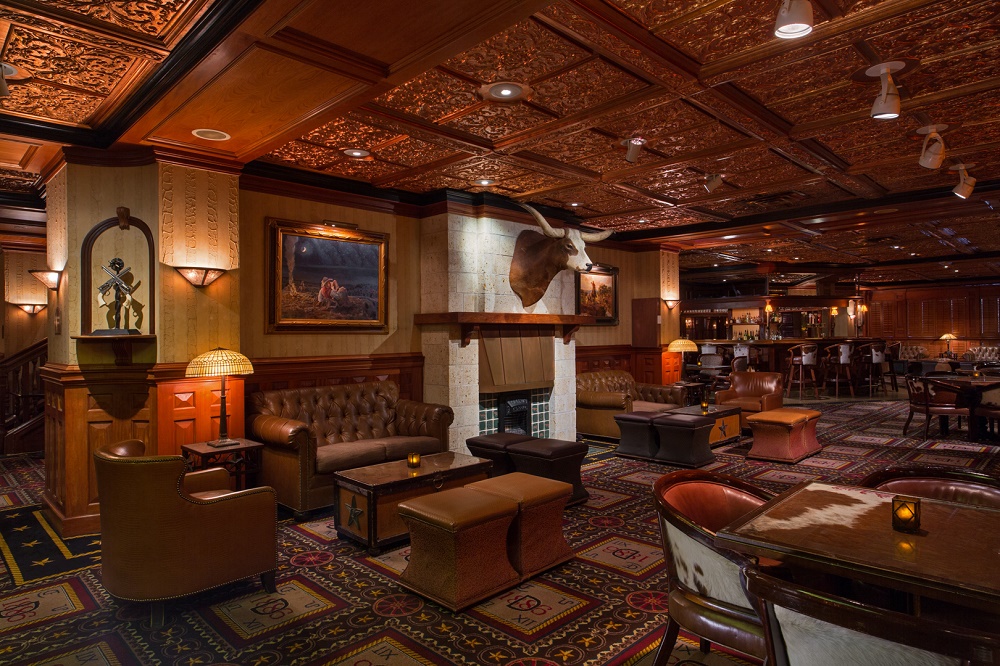

 Photo Gallery1 week ago
Photo Gallery1 week ago
 Headlines3 days ago
Headlines3 days ago
 Headlines1 week ago
Headlines1 week ago
 Headlines1 week ago
Headlines1 week ago
 Designer Dozen2 weeks ago
Designer Dozen2 weeks ago
 Headlines1 week ago
Headlines1 week ago
 Designer Dozen7 days ago
Designer Dozen7 days ago
 Headlines1 week ago
Headlines1 week ago

